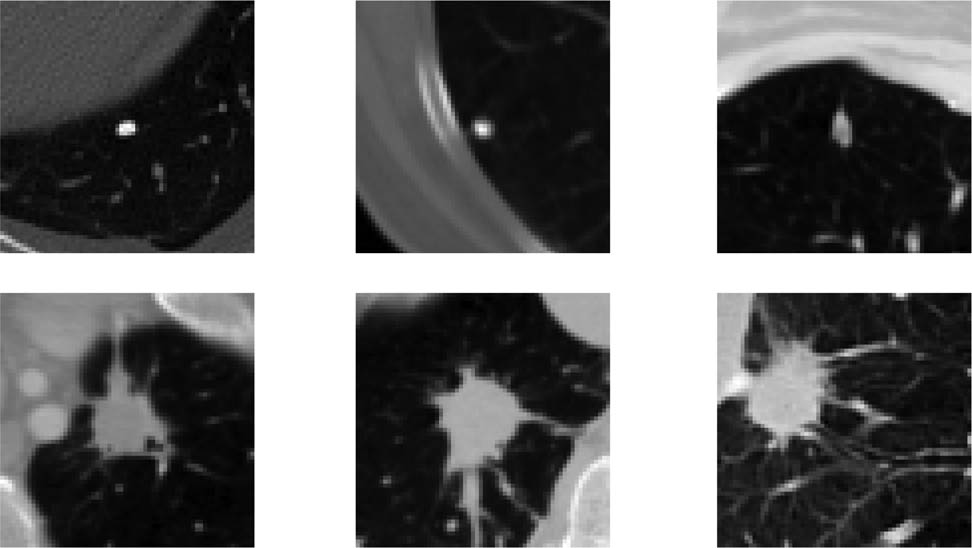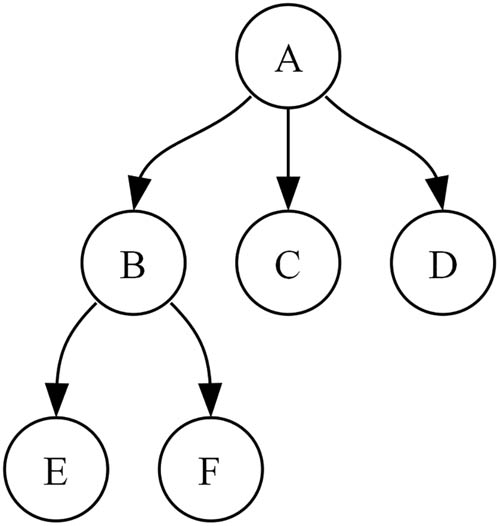With the continuous evolution of smart environments powered by Internet of Things (IoT) networks and smart devices, there becomes a crucial need to address and ensure privacy and security. Intrusion Detection Systems (IDSs) that are specially designed for use in IoT networks play a vital role in strengthening the security posture of an IoT network and system by safeguarding and preventing attacks against smart environments. This research paper presents a comparative study of IDSs for IoT networks, with a focus on signature-based, anomaly-based, and specification-based IDS detection methods while highlighting the significance of IDSs in protecting IoT networks and smart environments, which have become recent targets for attackers due to their integration with modern and advanced technologies and their involvement with large volumes of data. The study investigates the mentioned IDS methods covering the strengths and weaknesses of each method in safeguarding smart environments and networks. This paper dives into the characteristics that make IDS decision-making more effective primarily in terms of security, considering privacy and performance. The findings of this study contribute to the hardening of IoT network security by offering recommendations for IDS selection for enhancing IoT overall security, specifically through the adoption of adaptive-based IDSs.
Contents
- Review Article
- Research Articles
-
February 21, 2025
-
April 1, 2025
-
June 16, 2025
-
June 25, 2025
-
Open AccessLine segment using displacement priorAugust 29, 2025
-
Open Access3D reconstruction study of motion blur non-coded targets based on the iterative relaxation methodAugust 30, 2025
-
August 30, 2025
-
September 17, 2025
-
Open AccessAn ADMM-based heuristic algorithm for optimization problems over nonconvex second-order coneSeptember 24, 2025
-
October 4, 2025
-
October 18, 2025
- Special Issue on AI based Techniques in Wireless Sensor Networks
- Special Issue on Informatics 2024
-
August 26, 2025
-
September 17, 2025
-
Open AccessData analysis for efficient dynamic IoT task scheduling in a simulated edge cloud environmentSeptember 17, 2025
-
September 29, 2025
-
October 10, 2025

























